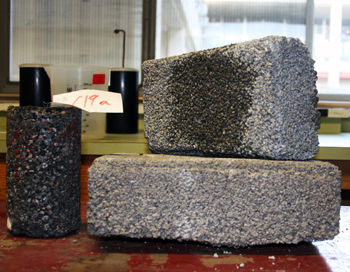Concrete pavement samples in engineer Liv Haselbach's laboratory at Washington State University.
Click on image for full size
Courtesy of Alan Abdulkader, Washington State University
How Solid is Concrete's Carbon Footprint?
News story originally written on June 30, 2009
Lots of things are made of concrete - houses, apartment building, and even schools. Sidewalks are often concrete too. Making concrete releases greenhouse gas into the air, which causes Earth to warm. But scientists have found that over many years concrete can pull some greenhouse gas out of the air too, so it might not cause as much warming as we thought.
Concrete is made of sand and rocks mixed with cement, which holds it all together. When cement is made from limestone, it releases carbon dioxide, a greenhouse gas, into the air. Also, it takes energy to make limestone into cement. The energy usually comes from fossil fuels which release carbon dioxide to the atmosphere when they are burned.
However, scientists have found that over many years concrete can take carbon dioxide out of the air. So the buildings, sidewalks, and other things that are made from concrete are able to capture some greenhouse gas too. Liv Haselbach, an engineer at Washington State University studies how concrete blocks like the ones in this picture take in carbon dioxide.
Understanding how carbon dioxide is absorbed into concrete may help us find ways to make this happen faster. Taking more greenhouse gas out of the atmosphere would help slow global warming.
Last modified June 30, 2009 by Lisa Gardiner.
You might also be interested in:
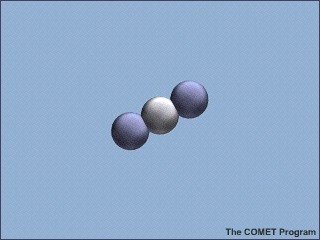
Only a tiny amount of the gases in Earth’s atmosphere are greenhouse gases. But they have a huge effect on climate. There are several different types of greenhouse gases, but they all have something in
...more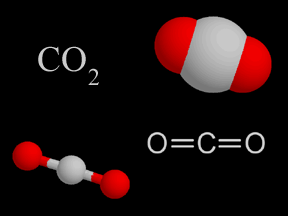
Carbon dioxide (CO2) is a kind of gas. There isn't that much carbon dioxide in Earth's atmosphere, but it is still very important. Carbon dioxide is a greenhouse gas. That means it helps trap heat coming
...more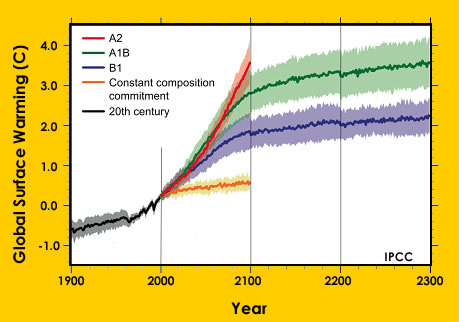
Earth’s climate is getting warmer. During the past 100 years Earth’s average temperature rose about 0.6° Celsius (1.0° F). Things that people are doing like burning fossil fuels, changing the way land
...more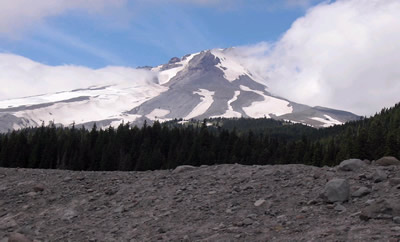
Scientists have learned that Mount Hood, Oregon's tallest mountain, has erupted in the past due to the mixing of two different types of magma. Adam Kent, a geologist at Oregon State University, says this
...more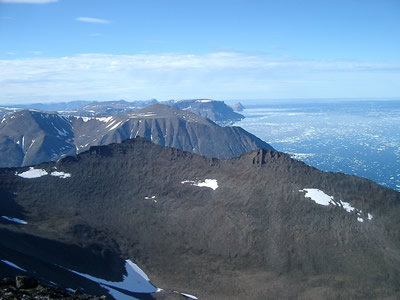
The Earth's mantle is a rocky, solid shell that is between the Earth's crust and the outer core. The mantle is made up of many different reservoirs that have different chemical compositions. Scientists
...more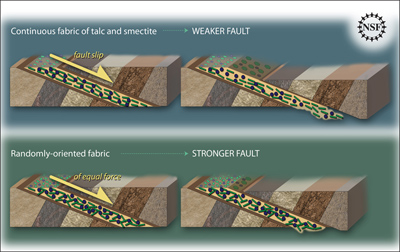
Some faults look strong and like they wouldn’t cause an earthquake. But it turns out that they can slip and slide like weak faults causing earthquakes. Scientists have been looking at one of these faults
...more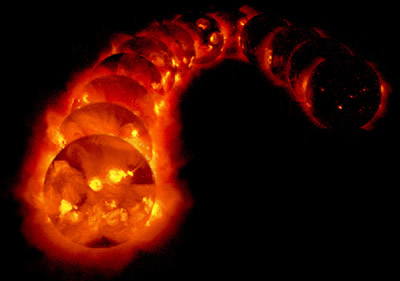
The sun goes through cycles that last approximately 11 years. These solar cycle include phases with more magnetic activity, sunspots, and solar flares. They also include phases with less activity. The
...more


